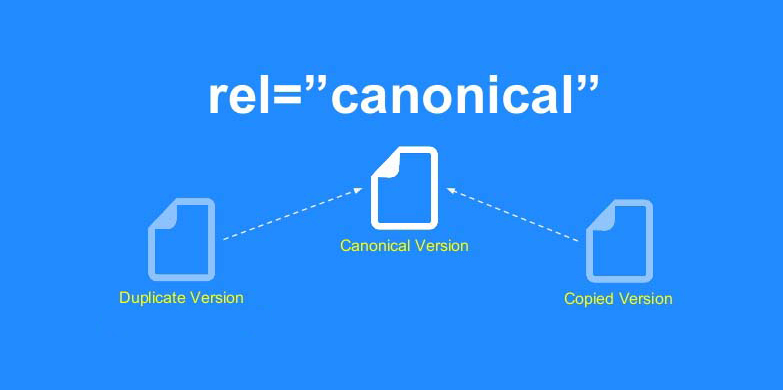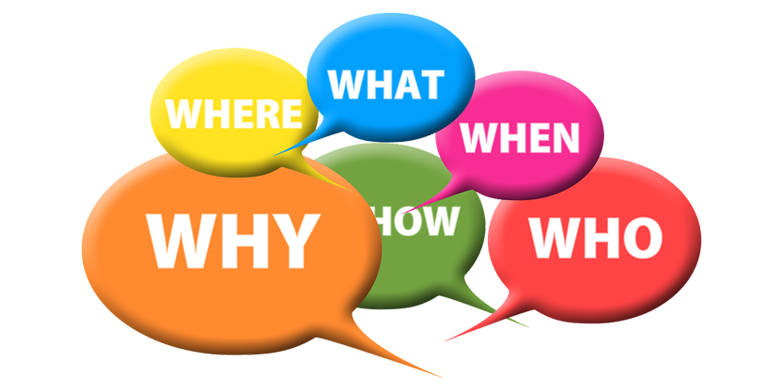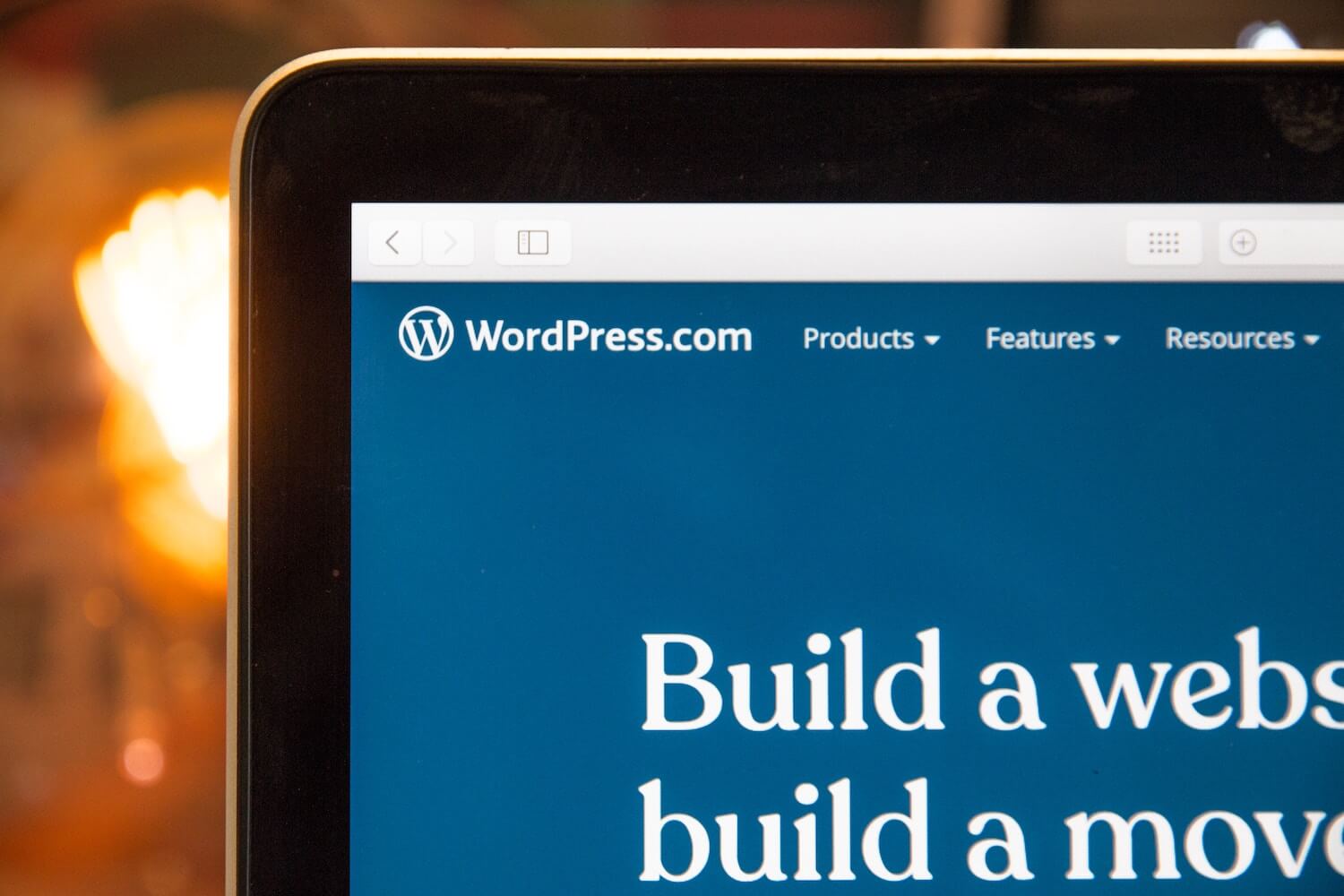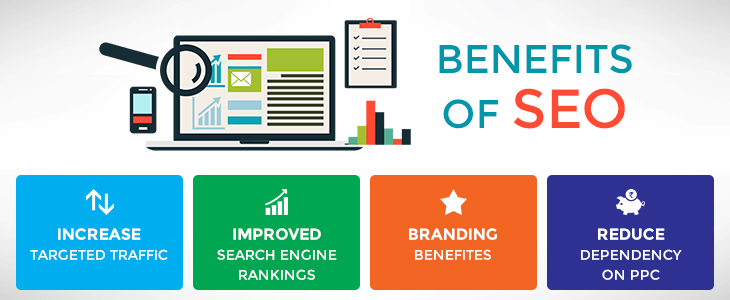All about Canonicalization and Canonical Tag Property

We all know that Google is not the first search engine that occupied the Internet. Although Google geared in an improved way and offered outcomes that were truly helpful. Whenever we have a discussion about SEO, communities presume that we are discussing optimizing the site for Google.
When it comes to Search engine optimization, you need to ensure many aspects, equally onsite as well as offsite. Both play the important role but if your onsite SEO is not up to the mark, then no matter how well your offsite SEO, you will not achieve the outcome you are expecting.
What is URL Canonicalization and Canonical Tag Property ?
URL Canonicalization is a way of picking one of preferred destination or URL and makes use of 301 redirects for diverting traffic from the other URLs to preferred URL.
The phrase Canonicalization can be hard-hitting to understand. Let me endeavor this in an easy way.
Consider there are two URLs of a site:
Both website URL’s shows the same content. This result in the duplicate content problem on Google, and you may face the penalties issue.
Consider another example:
https://www.udisystem.com/index.php
If both of URL shows the similar result, then this might create duplication issue as well.
If you won’t pay much attention to this problem, then it will result in serious content duplication penalties. The difficulty with search engine bots is that they can’t choose which version of the URL they should include in their index. So you need to fix this issue.
You need to set server settings so that whether a user opens with non www or www, the website will open on any of the one version. In this way, you can fix the canonicalization.
If you want to share similar content on two URLS, then you can exercise rel=”canonical” tags to let search engine identify that which is the unique and which one is a duplicate of it.
This can save your website from duplicate content penalties.
How to properly apply URL Canonicalization?
Consider an example:
HTML Canonicalization:
Both URL’s displaying the same page and content thus you can apply the rel=”canonical” tag.
This is how it is useful.
<link rel=”canonical” href=” https://www.udisystem.com”>
When should you use Canonicalization?
- Different URL for similar content
- Different categories and tags that result in similar content
- Mobile site presenting similar content but on different URL/subdomain
- URLs having HTTP and HTTPS URLs and both resulting in similar content
- If you have various ports
- When site has a non-www and www versions
- In case of sharing syndicated content
These are few main conditions in which you can apply URL Canonicalization to save the site from facing any type of content duplication penalty.
You should NOT execute URL Canonicalization in few conditions
- Avoid pagination canonicalization
- Many Canonical tags are not good idea
- Do not add Canonical tags on shortened URLs
- Do not apply canonicalization for localization
- Do not use a Canonical tag outside of head tag
- Do not apply a Canonical URL to a site with a non-200 status code
- Do not apply Canonicalization for Page Rank Sculpting
We at UDI System a recognized SEO Company in Bangalore, offering Customized SEO Serviceswith Ethical practices of penalty fixing.


